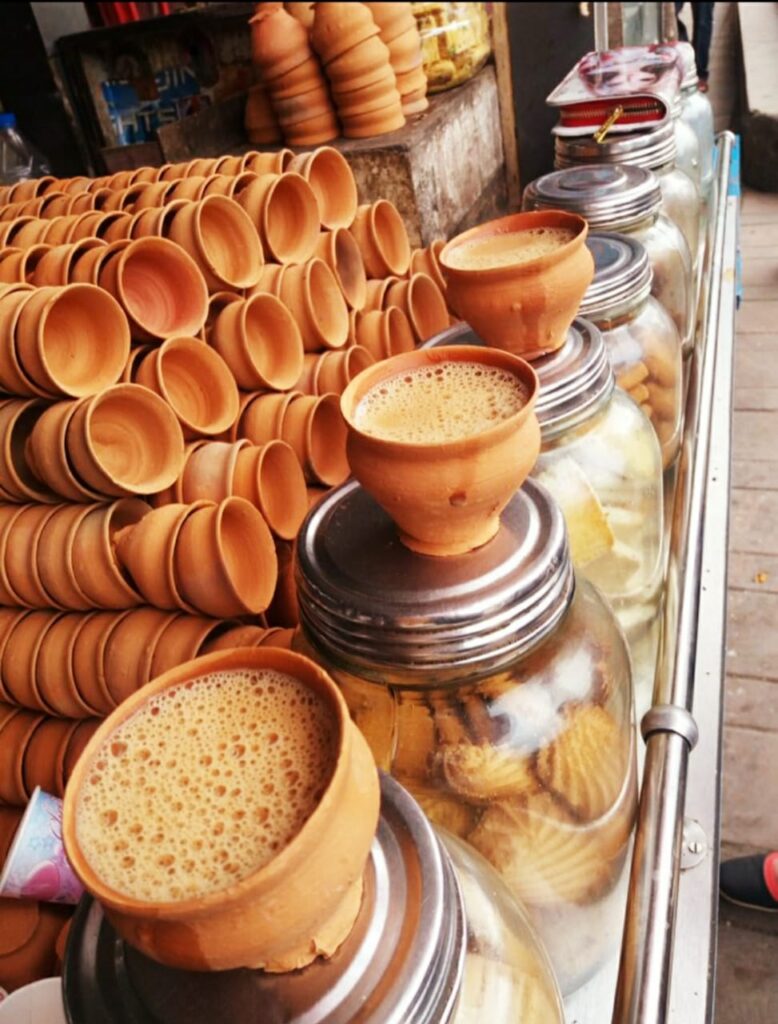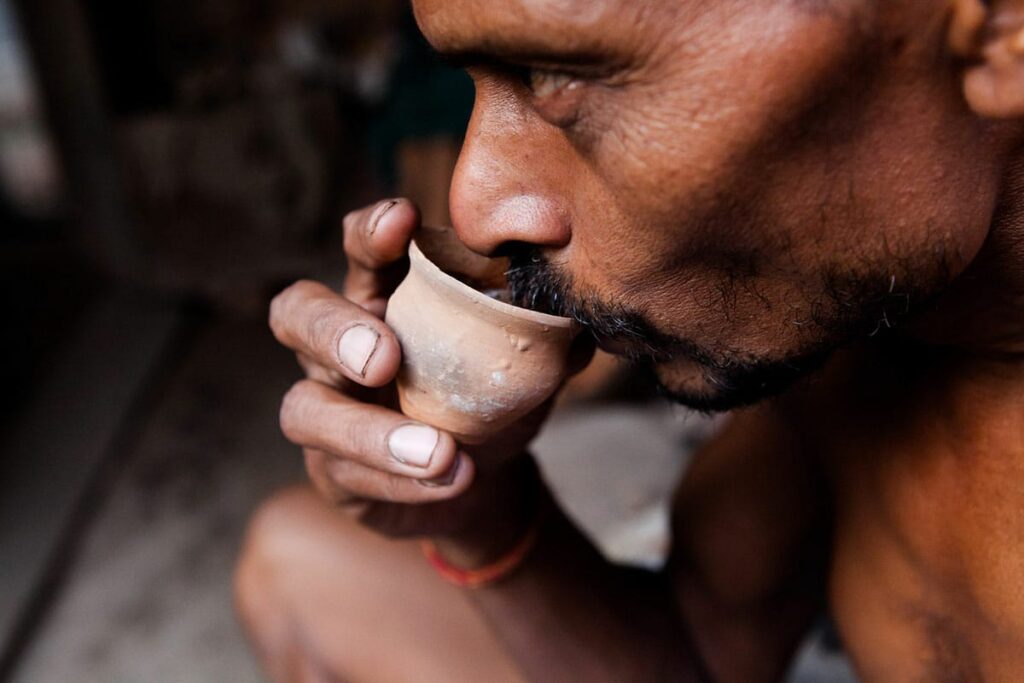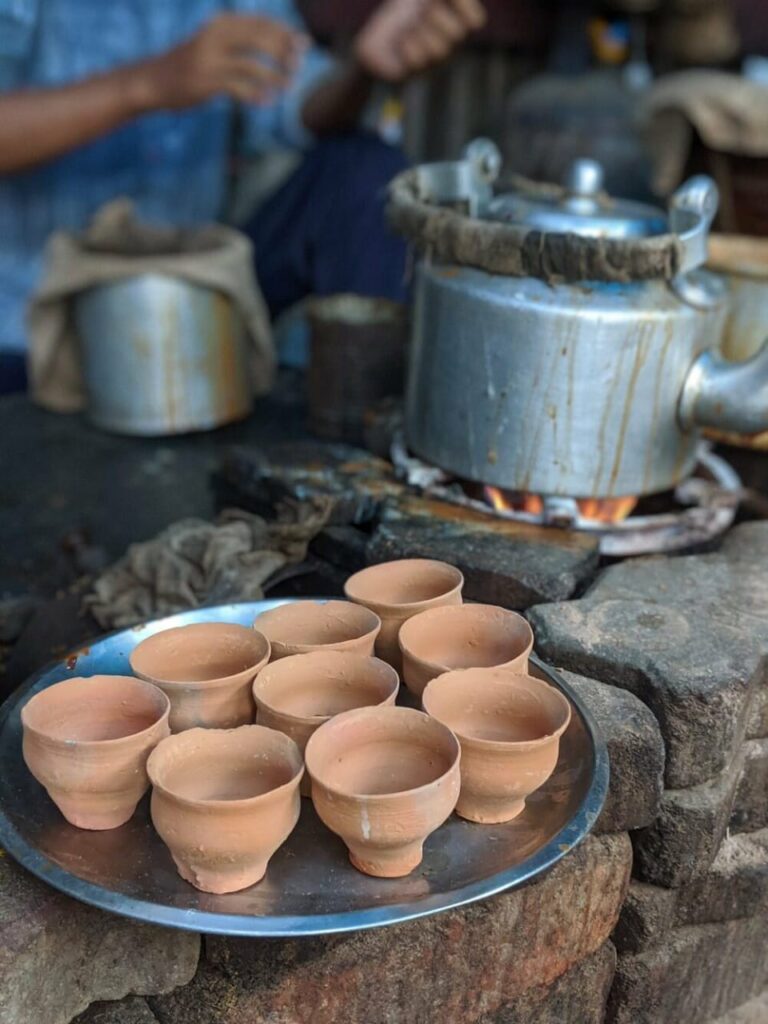By Manoj Kumar Ojha
GUWAHATI: Chief Minister Himanta Biswa Sarma’s decision to go to pot – earthen pot has evoked a sense of deja vu in the Union government.
Besides Sarma, three other Railway Ministers have shared their passion for the pot – George Fernandez flirted with the Kulhar in 1989, Nitish Kumar in 1994 and Laloo Prasad Yadav in 2004 from issuing an order to start serving hot beverages and water in earthen pots . It is an open secret that all those three experiments were a great failure.
But that has not deterred the chief minister of Assam from issuing an order on June 28 that tea must be served in earthen pots instead of plastic pots during chief minister’s programme.
“Tea must be served in earthen pots and water should be kept in glass bottles or jugs instead of single-use plastic bottles,” the instructions to the District Commissioners stated.
Once the instruction is implemented perfectly, over 50 thousands tea pots (estimated) would be used daily at chief minister’s meeting, programme, conference, seminar and functions. The number would be multiplied many times during upcoming Lok Sabha and Assembly elections.
Tenders would be floated to buy pots. Never mind the higher cost, the fact that earthen pots are more expensive than plastic or paper cups, sources said.
Sources said that biodegradable (paper) cups are bought at 40 paise per cup . The shift to pots will then imply an extra expense of at least Rs 2 per cup. Multiplied by the average 50 thousands cups the additional cost works to Rs 2 lakh a day, or nearly 1 crore a year. And who will bear the expenses, the government itself.

The money can be invested in health and education sectors of the government for reforms. It goes against the policy of the BJP led state government.
Some are however, picking holes in the pots themselves.
Sitesh M. Singh, an Economist, said , “The decision to scrap plastic and biodegradable is good but can the government assure potters the availability of “soils ” and other essential commodities in cheaper rates ? Otherwise it can prove a Pandora’s Box.”
The earthen cups are made on a potter’s wheel and neither their size nor their shape is uniform across Assam and all round the country. In some regions, they are made conical, wide at the mouth. In others, they flare out in the middle and are narrower at the mouth.

“It is not a ready to use product in the way biodegradable cups are ; ideally they should be washed and dried. It soaks the contents very quickly and has the disconcerting tendency. Normally, we supply 170 ml of tea .When pour into the Kulhar ,it shrinks only about 100 ml because of the high absorption rate .Moreover the taste of tea or coffee changes,” Sudip , a tea seller said .
Even the green lobby are mute. They are usually quick to jump to the support of anything earthy with great enthusiasm. But they are concerned about cleanliness.
Devajit Moran, an environmentalist said , “It is a good move. But there must be a system for collection and disposal,”.

But Potters across Assam have been supporting the initiative taken by the government.
Gopinath Pandit, a potter , among hundreds family who live in Kumhari Patty in Tinsukia district of upper Assam and dependent on selling earthen pots told OUR INDIA, “It will provide employment to thousands potters across Assam. We were a forgotten lot, though our importance is mentioned in Tulsidas ‘ Ramayana and Atharva Veda,”.
With pots making a comeback, Vedic age is possible in democracy.